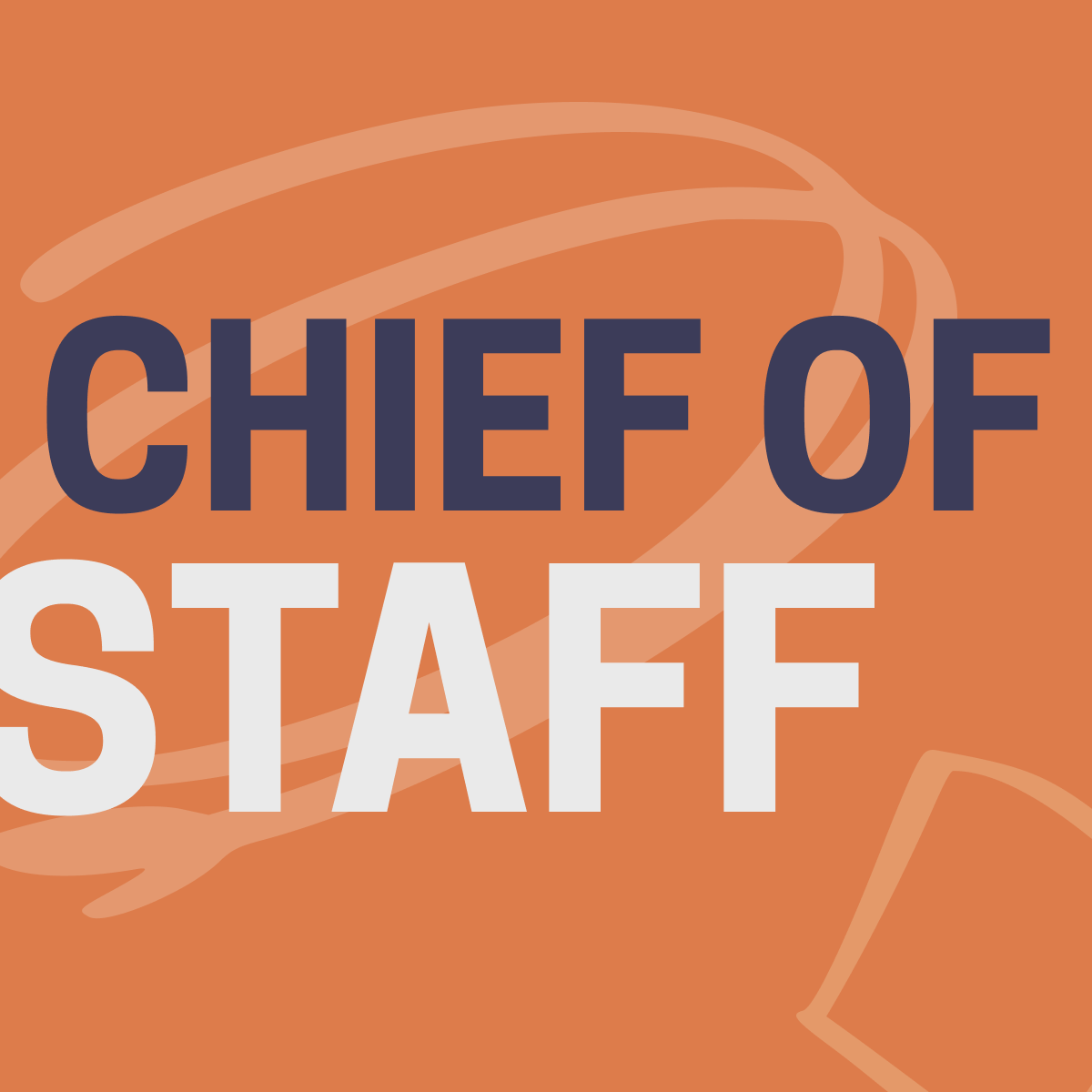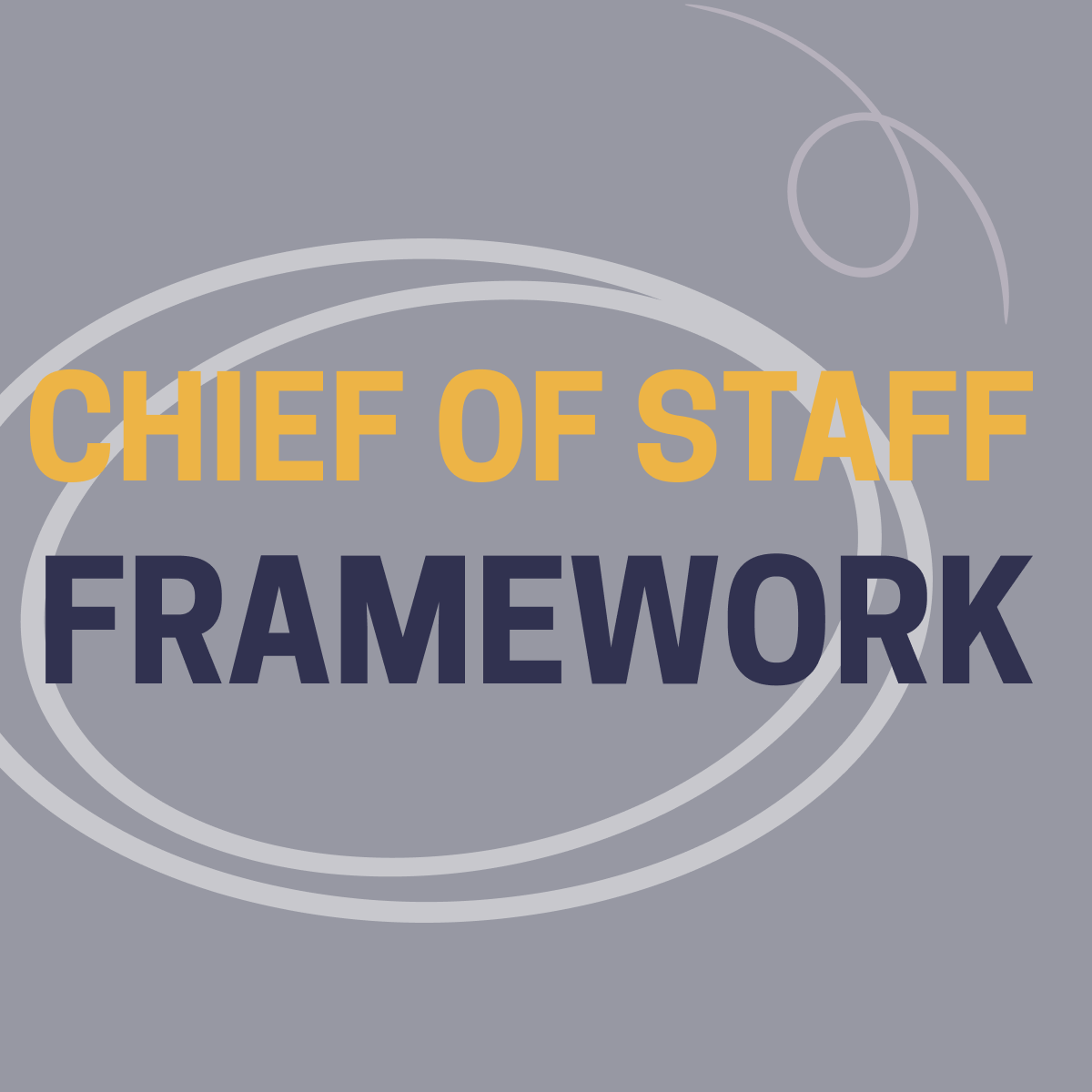In today's fast-paced business environment, the Chief of Staff's role has become more crucial than ever. A properly trained and empowered Chief of Staff can navigate the formal organizational structures and the informal networks that drive an organization's success.
A Chief of Staff operates at the intersection of two critical models: the traditional "black line" structure, which includes senior leadership, mid-management, and frontline employees, and the more fluid "red line" networks, where informal communication and collaboration occur. These networks are often invisible to senior executives, yet they play a pivotal role in the organization's strategy and execution.
By understanding and bridging these two models, a Chief of Staff ensures that information flows seamlessly throughout the organization. They keep the executive team informed, manage day-to-day operations, and identify opportunities and challenges within the informal networks. This dual capability makes the Chief of Staff a strategic asset, enhancing communication, coordination, and overall organizational effectiveness.
In this Weekly Whiteboard, Chris Fussell, McChrystal Group's Vice Chairman, explains how a Chief of Staff can elevate your organization's performance by mastering the dynamics of structured processes and informal networks.




